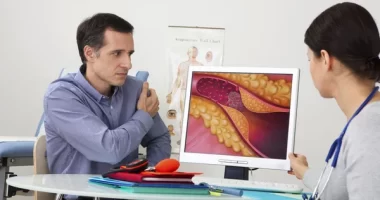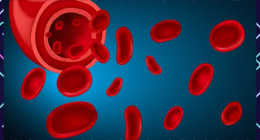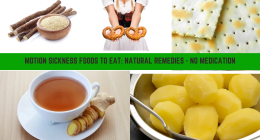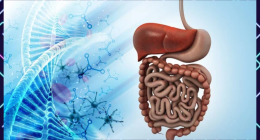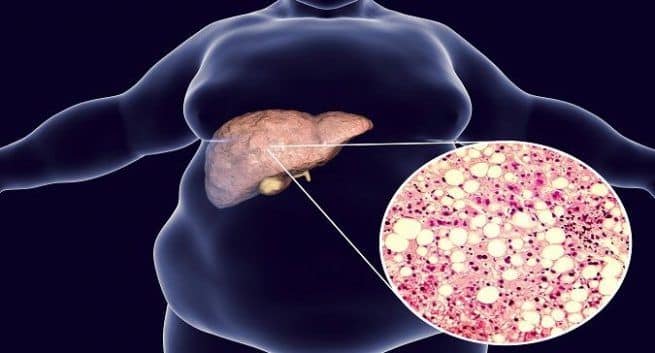
Non-alcoholic fatty liver disease (NAFLD) affects 25 to 30% of the general population. NAFLD is a spectrum of liver disease that includes fatty liver, steatohepatitis, cirrhosis and even liver cancer, resulting from the excessive build-up of fat in liver cells that is not caused by alcohol. One of the most common causes of NAFLD is obesity. Today obesity is a bigger cause for liver failure and transplant than alcoholism. And unhealthy lifestyle is leading to the rise in liver disease, says Dr. Aparna Govil Bhasker, Laparoscopic and Bariatric Surgeon, Saifee Hospital, Mumbai.
“Unhealthy lifestyle contributes to weight gain, which in turn may lead to non-alcoholic fatty liver disease in the long term. Regular moderate activity of 30 to 45 minutes daily at least 4 to 5 days per week is recommended. But people are not able to exercise much since most of us are at home due to the pandemic. Lack of exercise can lead to gradual weight gain and metabolic syndrome. NAFLD is the side effect that metabolic syndrome has on the liver,” she explains.
Dos and don’ts during the lockdown to prevent liver disorders
Presently there are many restrictions on movement and as most people are at home, their food intake has increased. This leads to weight gain which can have an unfavourable impact on liver health. Dr. Aparna advises people to follow a healthy diet and do some home workouts as per your physical ability during the pandemic to keep the weight in check. Also Read – How to beat stress during the Covid-19 pandemic: Eat more fruit and vegetables
She adds, “Check your weight regularly to keep a tab on it. Avoid fried foods and junk food. Avoid sugary drinks as well as stay away from alcohol.”
Symptoms of non-alcoholic fatty liver disease
According to experts, non-alcoholic fatty liver disease usually causes no noticeable signs and symptoms. When symptoms occur, they may include fatigue, pain or discomfort in the upper right abdomen.
In some cases, NAFLD can develop nonalcoholic steatohepatitis (NASH), an aggressive form of fatty liver disease, which is marked by liver inflammation. Further, it may progress to advanced scarring (cirrhosis) and liver failure. A patient with NASH may experience:
- Swelling in the belly (ascites)
- Enlarged blood vessels just beneath the skin’s surface
- Enlarged liver or spleen (usually observed by a doctor during an exam)
- Red palms
- Yellowing of the skin and eyes (jaundice)
It is estimated that between 5% and 12% of people with NASH are likely to progress to cirrhosis. Symptoms of cirrhosis may include mental confusion, internal bleeding, fluid retention and loss of healthy liver function.
If you notice these signs and symptoms, make an appointment with your doctor.
Beware of the other risk factors
Besides obesity, there are a range of diseases and conditions that can increase your risk of NAFLD. These include:
- High cholesterol
- High levels of fats, particularly triglycerides, in the blood
- Metabolic syndrome
- Polycystic ovary syndrome
- Sleep apnea
- Type 2 diabetes
- Underactive thyroid (hypothyroidism)
- Underactive pituitary gland (hypopituitarism)
While you stay at home to prevent spread of Covid-19, ensure that you eat a healthy diet that’s rich in fruits, vegetables, whole grains and healthy fats, and exercise regulalrly to keep your liver heathy.
This post first appeared on The Health Site
